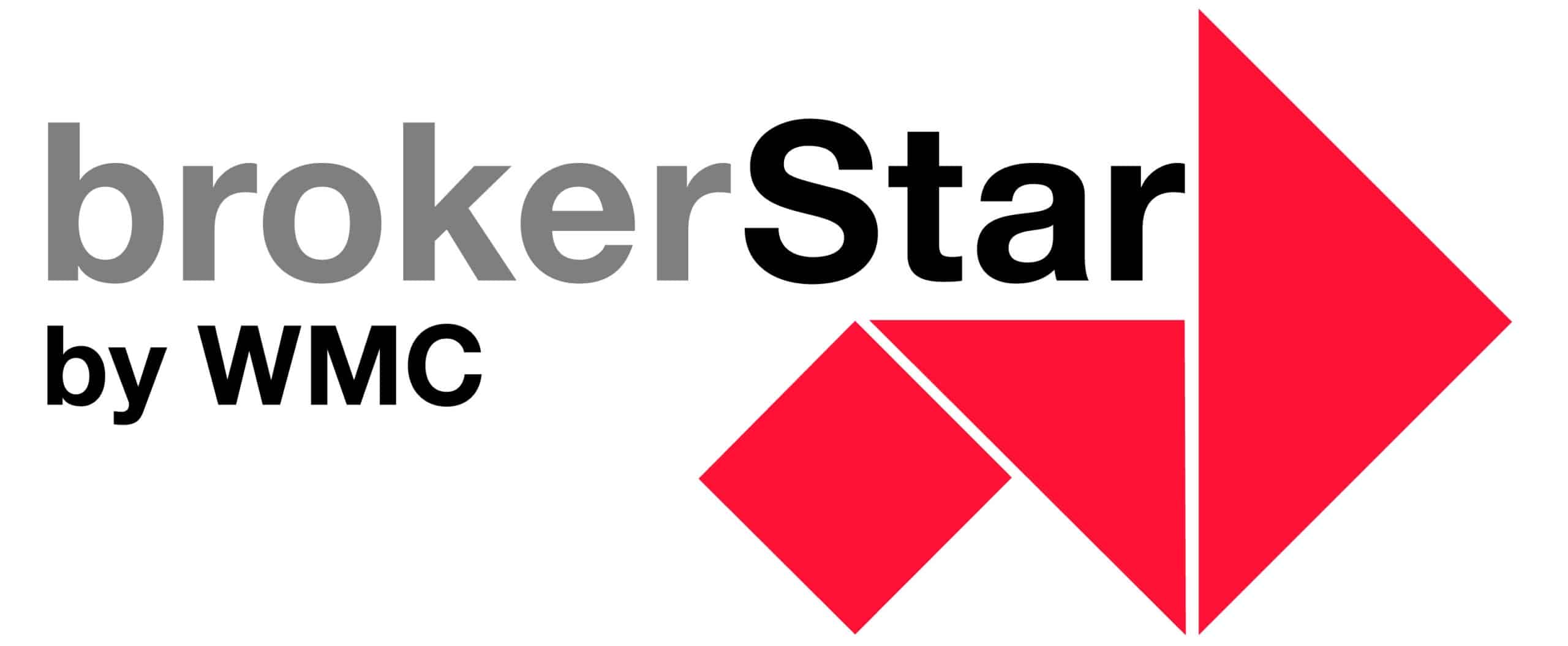The silent power of recognition
9 April, 2025 | Blog Current General
“Why showing people that they matter changes wellbeing“. It was a title that gave me pause. Claire Hilbrinik-Damen, Head of People at grape insurance, was about to take the stage at the HR Festival in Zurich on March 25.
As someone who has worked in the insurance industry for decades, I am always on the lookout for the brave ones – the companies that dare to put people’s well-being at the heart of their business.
Not just in advertising slogans, but in their systems and corporate culture.
In business, we speak the language of pressure – targets, deadlines, results. There is an unspoken myth that pressure increases performance. That it fuels success.
But what if that’s not true?
What if we start showing appreciation and creating connections instead? If we replace exhaustion with creative energy, apathy with commitment and burnout with real achievement?
When I saw Claire’s talk on the agenda, I was really curious. How does a fellow woman from the insurance world tackle such an important – and often overlooked – topic as wellbeing in the workplace?
Can you remember a moment when you felt truly valued and seen?
A sea of raised hands. Claire struck a nerve. A warm, pleasant atmosphere filled the room. We were all taken back to that moment when a manager sincerely thanked us. Or when a colleague said: “Thank you for your help, I couldn’t have done it without you.”
Recognition inspires motivation and lifts people up. It creates connection, meaning and energy. It reminds us that our work – and we – are seen.
And we all need that. Not just to perform, but to feel valued, seen and creative. According to a study cited in the Harvard Business Review, employees whose managers regularly recognized them were 40 percent more engaged than those whose managers did not.
Let that number melt in your mouth – 40 percent more engagement through something as simple as: “Thank you, you did a great job today.”
If it’s so easy – why aren’t there many more committed employees? And why is commitment so important anyway?
How do you create a culture in which people feel seen and valued?
The Gallup report “State of the Workplace” states that active resignation in the workplace has the same effect as feeling unemployed – or worse. Decades of research show that a good manager who builds relationships based on respect and recognition helps employees to find meaning and fulfillment in their work.
According to the same report, a lack of employee engagement causes around USD 8.8 trillion in economic damage worldwide – equivalent to 9 percent of global GDP.
Engagement is not a feel-good indicator. A Gallup meta-analysis found that companies with high employee engagement are 18 percent more productive and 23 percent more profitable than those with low engagement.
Claire reminded us that recognition doesn’t belong to HR or senior management. It belongs to everyone. From the CEO to the intern – anyone can say:
“That was thoughtful.”
“I appreciate how you handled that.”
Or simply: “Nice to have you here.”
It doesn’t have to be elaborate. But it has to be genuine.
Some of the most significant gestures of recognition I have experienced have happened in ordinary, quiet moments. After a long meeting. At the end of a busy week. Or simply in passing. A glance. One sentence. A brief pause: “I see you.”
Such a culture does not come about by chance. It grows through every single encounter. And the more often we live it, the more we move away from pressure and performance anxiety – towards trust, security and genuine commitment.
Recognition is not a “nice-to-have”. It is not a soft HR measure for newsletters or annual appraisals. It is a deeply human – and deeply cultural – need. And when it is embedded in everyday life, it changes the way people show up for work.
Why this is a turning point
When a company that relies on data, risk and protection puts recognition at the heart of its business, it is a sign of change. A shift away from reacting to problems and towards promoting growth and well-being.
So it was really inspiring to hear an insurance company talk about recognition – not as a bonus, but as a foundation for wellbeing.
Grape insurance is not just a provider of employee benefits. Its aim is to promote the health of the workforce – through a combination of insurance, proactive health services and real-time analyses.
And as far as I can tell: They live it internally too. Claire’s message was simple and powerful: recognition creates trust, security and humanity.
These are not “soft skills”. They are the foundations for high-performance, resilient teams.
In a world where well-being is still too often seen as a private task, grape shows that culture counts.
And culture is not bought – it is created. One moment of recognition after another.
Responsibility and recognition belong together
If you want better results: Yes, make a plan. Set clear goals. Take responsibility.
But one thing is clear: responsibility and recognition are not contradictory. They work together.
If you want people to care, stay and grow – show them that you see them. Not just once a year. Not just when they exceed expectations. But in everyday life, in all the little moments that are often overlooked.
Because sometimes all it takes is one sentence: “I see you. And what you do is important.”
We talk endlessly about strategies for retention, engagement and performance. But real, human recognition in everyday life could be one of the most powerful tools we have.
If we want people to stay, grow and do their best – then we should stop pretending that pressure is the answer.
Mirela Dimofte
Read also: Kyan: the game changer in the holistic ON wellbeing revolution
Suche:
Sponsoren:





Categories
- Blog (31)
- Company portraits (2)
- Current (216)
- General (195)
- Interviews (26)
- Jobs (1)
- Nicht kategorisiert (731)
- Podcasts (39)
- Video (15)